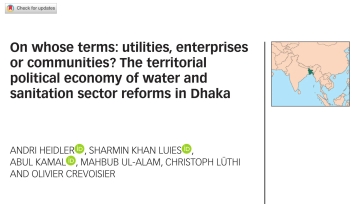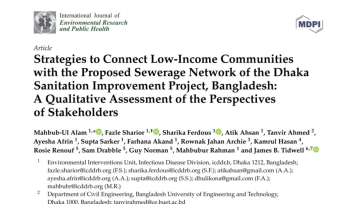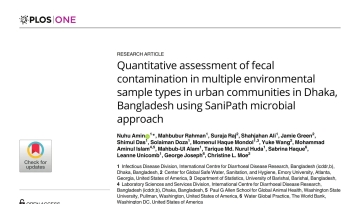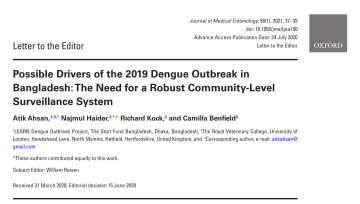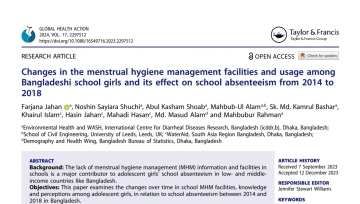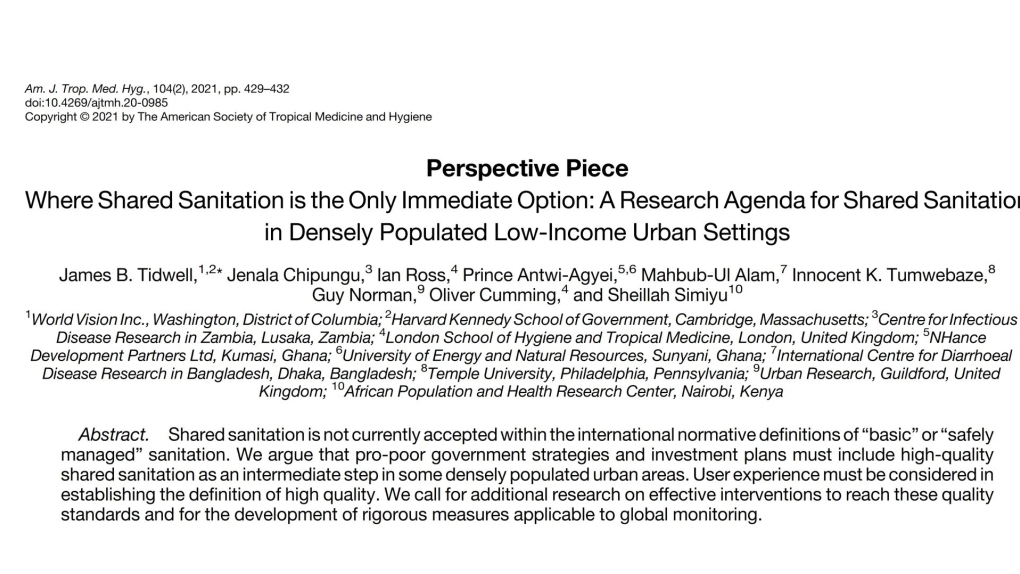
Where shared sanitation is the only immediate option: A research agenda for shared sanitation in densely populated low-income urban settings

Publish Date: February 2021
Shared sanitation is not currently accepted within the international normative definitions of “basic” or “safely managed” sanitation. In many settings, private household sanitation is a distant prospect. So, understanding the conditions under which high-quality shared sanitation leads to positive user experiences, seeking to improve these conditions, and developing rigorous measures may lead to adequate prioritization of higher-quality shared sanitation in dense urban areas. Globally, 24% of urban dwellers live in informal settlements,2 characterized by poor housing quality, infrastructure, and services along with high population density,3 leading to poorer health outcomes than in rural or formal urban areas.4 Residents in these contexts are a major contributor to the large and growing reality of shared sanitation use globally, with the number of users increasing from 249 million in 1990 to 603 million in 2015. This study argues that pro-poor government strategies and investment plans must include high-quality shared sanitation as an intermediate step in some densely populated urban areas. User experiences must be considered in establishing the definition of high quality. This study calls for additional research on effective interventions to reach these quality standards and for the development of rigorous measures applicable to global monitoring.

